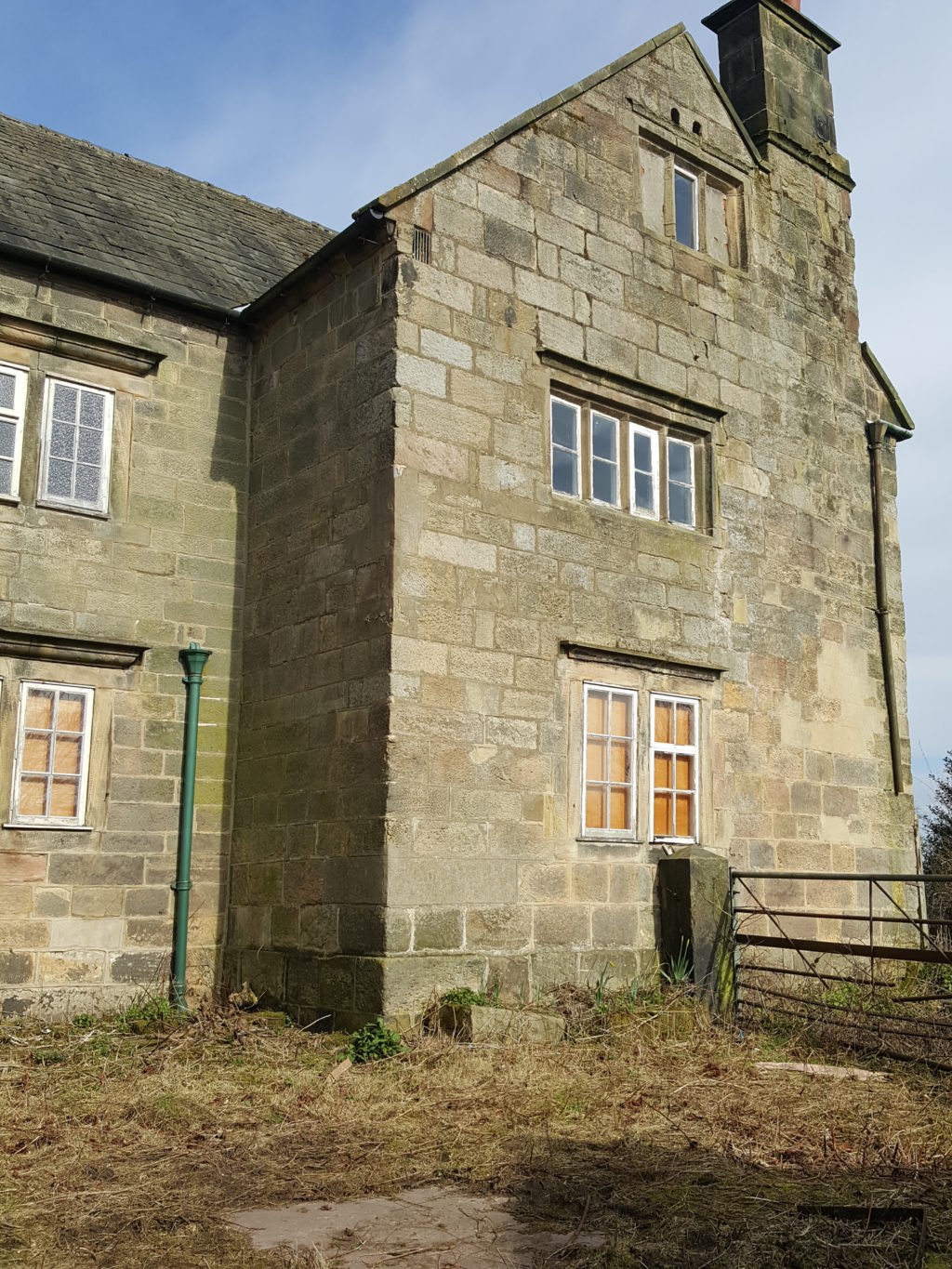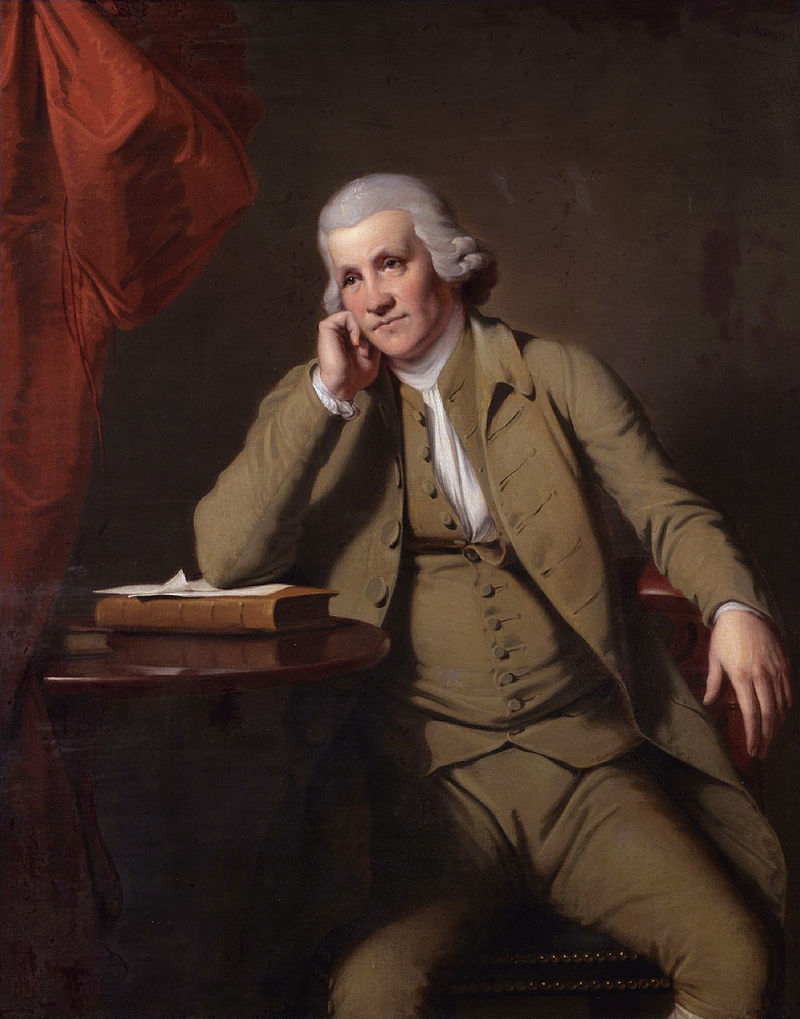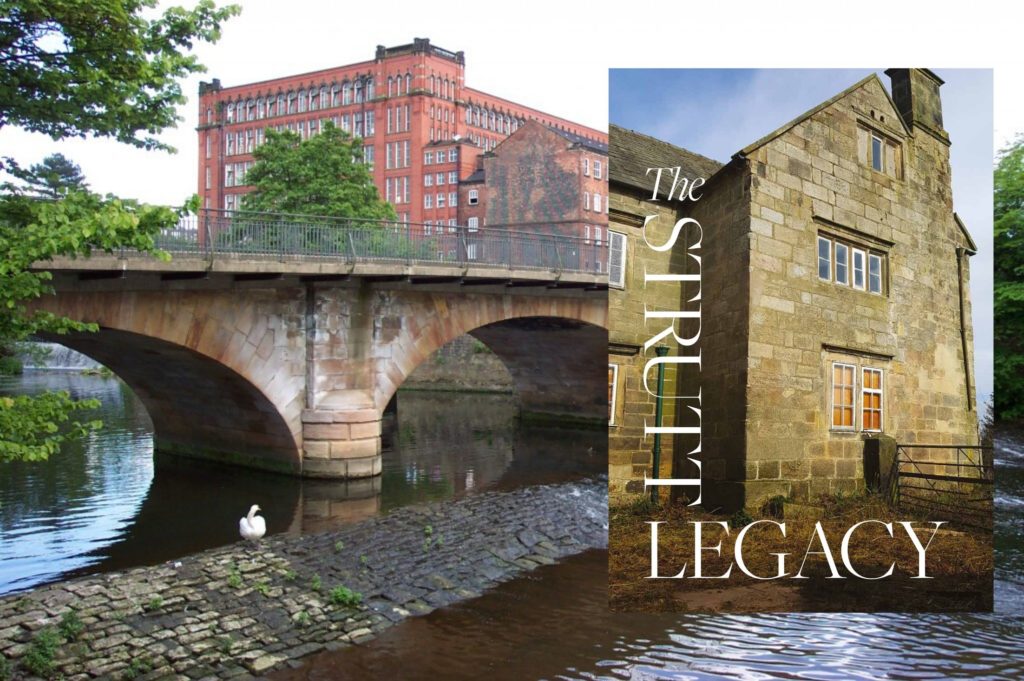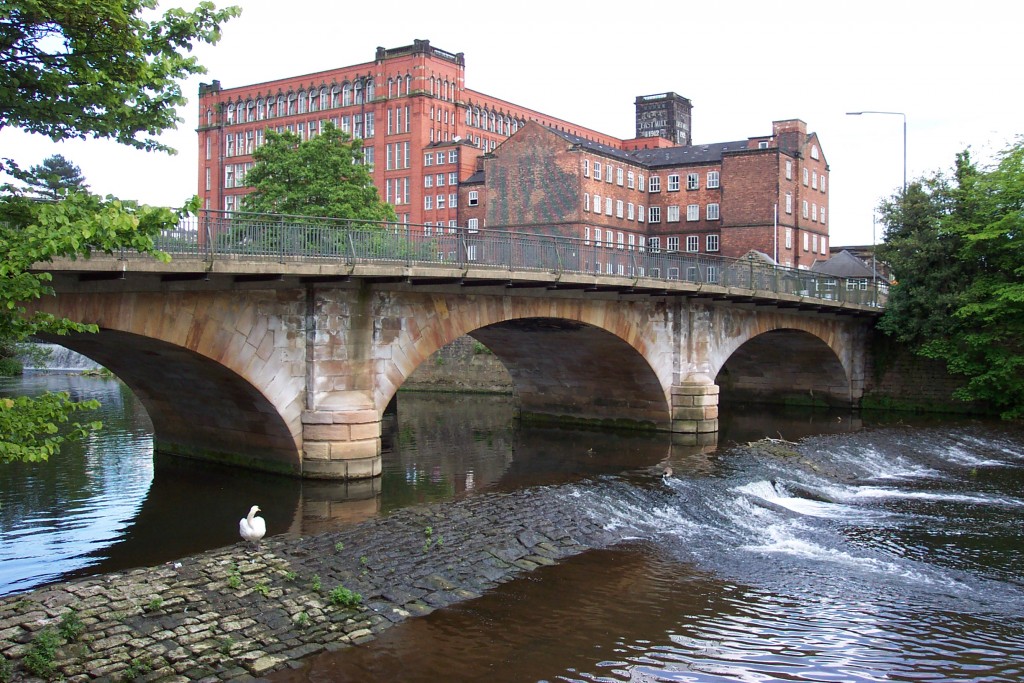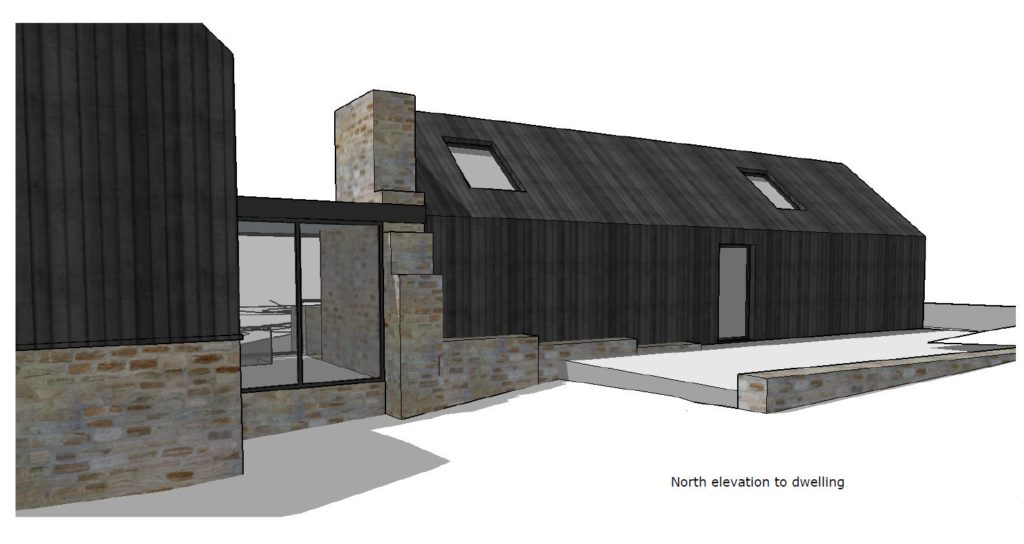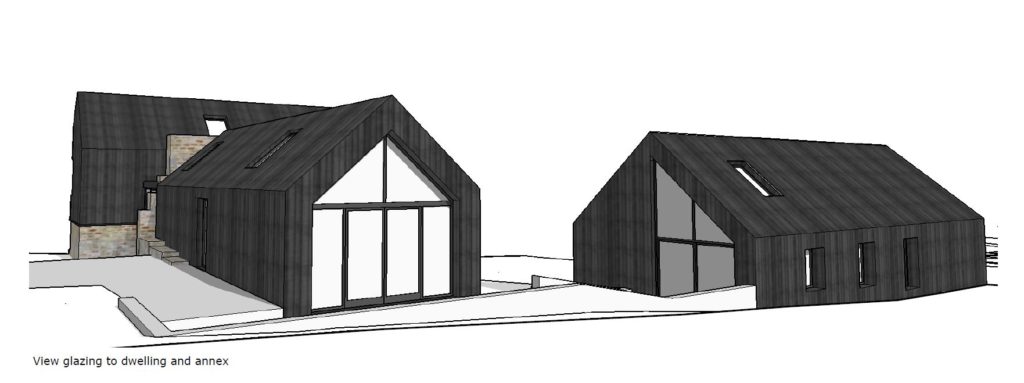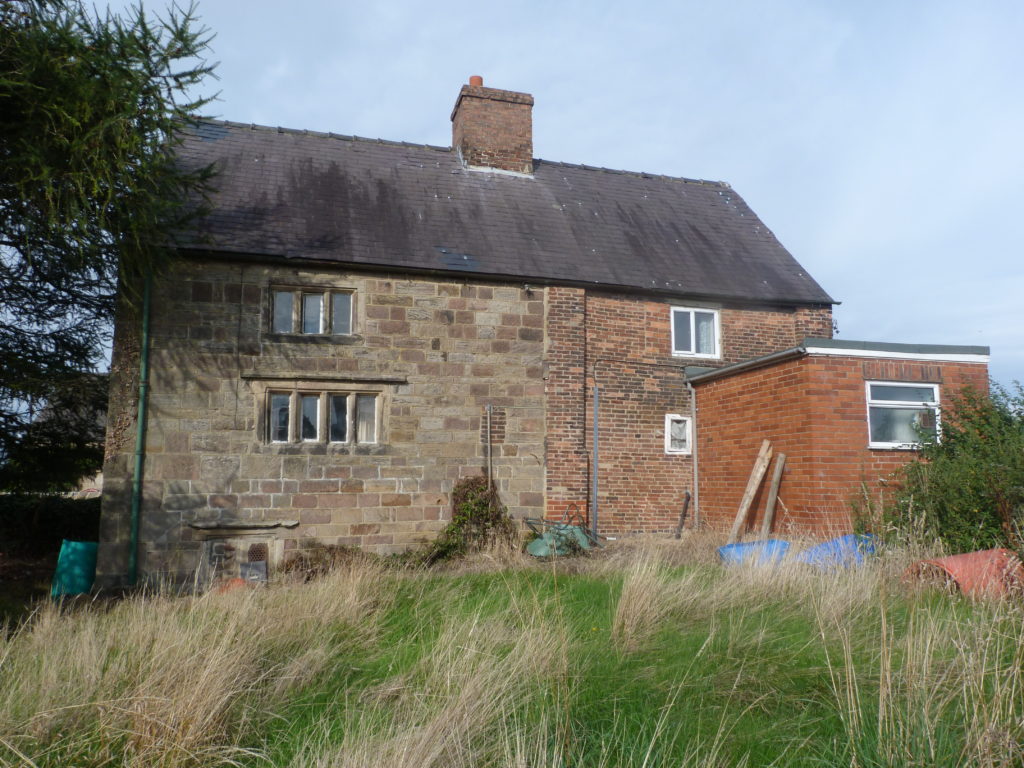Walk around Belper, Holbrook or Makeney and you may not realise how much of the fabric of these places was shaped by one family; the Strutts. Jon Millhouse and George Henshaw of Planning & Design Practice Ltd, writing for Derbyshire Life, discuss what they have discovered about the Strutt family’s built legacy, through their projects and research.
Many people will be familiar with Strutt’s North Mill at Belper, built by William Strutt in 1804 using a revolutionary iron-framed fire proof design, to replace the cotton spinning mill constructed by his father Jedediah Strutt in 1786 but destroyed by fire in 1803. Thanks to the designation of the Derwent Valley Mills as a World Heritage Site by UNESCO in 2001, there is also increasing awareness of the role that Strutt’s mills along with a handful of other late 18th Century pioneering cotton mills within the valley, played in kick-starting the industrial revolution and establishing the blueprint for the factory system and dependent industrial communities.
The Strutts were not only responsible for building cotton mills and workers housing however. They built various community facilities for their workers at Belper and Milford, and also built or upgraded a number of outlying farms to secure a reliable food source. After selling the mills in 1897, the family set about expanding and re-developing Belper. Much of the fabric of the town as it stands today can be attributed to the Strutts, and many of the houses and farms in neighbouring villages can trace their history back to the family’s investments.
Jon explains more “I have been fortunate enough to work on several projects involving the restoration of Strutt properties. Learning more about their history has proved fascinating. We obtained consent for the restoration and re-use of a 17th century farmhouse and barns at Highfield Farm Holbrook on behalf of trustees of the estate, who still own and manage a handful of properties in the area. Also on behalf of the estate, we recently submitted an application to restore Larch Tree Cottage at Hazelwood, a delightful building dating back to the 17th century and (we believe) the oldest property in the village.
At Grange Farm, Milford, a former Strutt farm now in private ownership, we obtained consent for the conversion of a disused stone barn, which should help to secure its long term future.”
Grange Farm enjoys a pleasant outlook on a hill overlooking Milford, where Jedediah Strutt also built a cotton mill and workers housing.
Jon continues “One of our most interesting projects was at Holly House Farm, Blackbrook, for its links to the Strutt story, even though it was never owned by the estate. Holly House Farm was owned by the Slater family. Samuel Slater, also known as “Slater the Traitor”, famously absconded to America after serving an apprenticeship at Strutt’s Mill in Milford, taking its industrial secrets with him. He built ‘Slater Mill’ in Pawtucket, Rhode Island in 1793, America’s first fully mechanised cotton spinning mill. Fondly remembered in the States as ‘the father of the American Manufacturers’ he helped to set the country on its path to becoming an industrial super power. You might say that this was all part of the Strutt legacy, even though the family would presumably not have approved at the time!
Only a ruin survives where the original farmhouse once stood, although Slater’s descendants did return in the 1920s to construct a much larger farmhouse immediately to the north, in the grand American neoclassical style. It is doubtful whether the remnants of the original farmhouse would survive for too many more years, so we obtained consent for a novel, contemporary building which will span and showcase the old ruins, hopefully preserving them for prosperity.”
Having made their mills as efficient as possible, the Strutts decided to use their industrial expertise by experimenting on the farms. Their understanding of factory work flows led to unconventional yet efficient farm layouts, for example taking advantage of the fall of the land to aid movement of raw materials between each process. Examples of these layouts can be found at Dalley Farm and Cross Roads Farm, close to the family home of Bridge Hill, providing easy access for experimentation whilst providing produce for the family and large workforce. Wyver Farm at Belper and Moscow Farm at Milford were also built on these principles.
William Strutt, eldest son of Jedediah, focused his energies on fire resistant construction methods, the industry being blighted by early timber frame buildings when containing flammable cotton material. Using an iron framed construction, the mills became fireproof and after applications at Belper, Milford and Darley Abbey the Strutts moved onto making their model farms fireproof.
The building of the estate portfolio by the Strutts resulted in the purchase of existing farmsteads, mostly in poor condition, where improvements were also made.
The major innovation of farm buildings by the Strutts ended around 1860, although it was still encouraged with the Strutt’s architects, Hunter & Woodhouse, winning second place in a national competition by the Royal Agricultural Society for model farm buildings in 1911.
Hunter & Woodhouse were not only commissioned by the Strutts to work on farm buildings, but the renovation of a number of important Strutt based houses in the area as well as the construction of many new buildings, particularly in Belper.
Jon concludes “the Strutts left a technological legacy, but also a physical one, which we can still appreciate today.”
Jon Millhouse is a Chartered Town Planner and member of the Institute of Historic Building Conservation. He can be contacted on 01332 347371.
